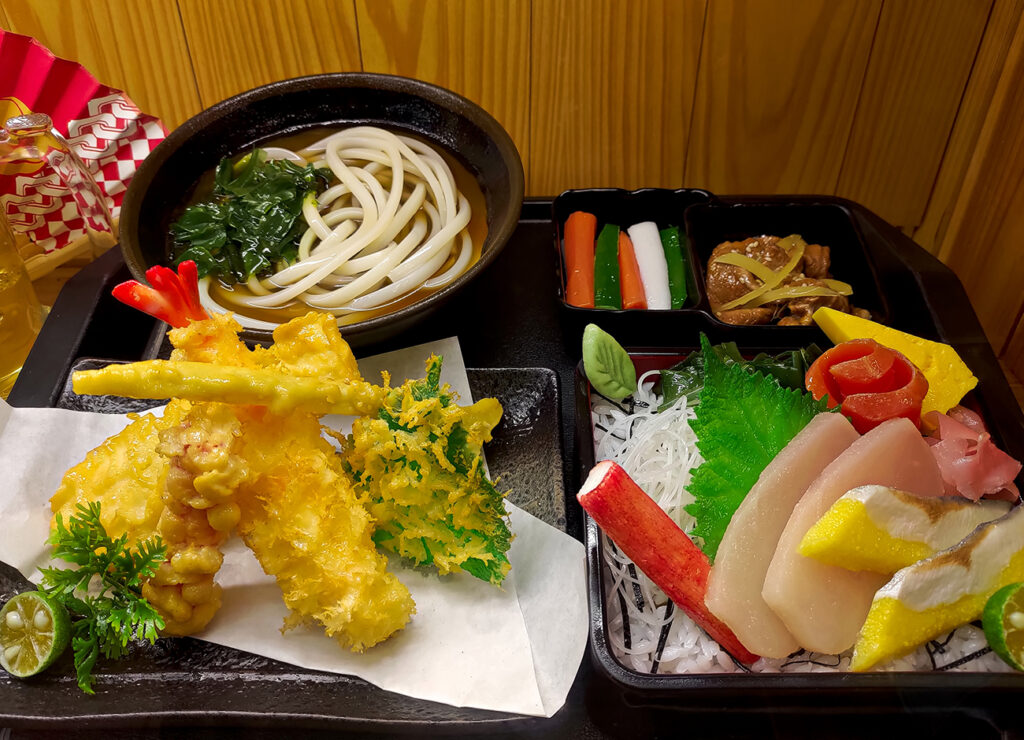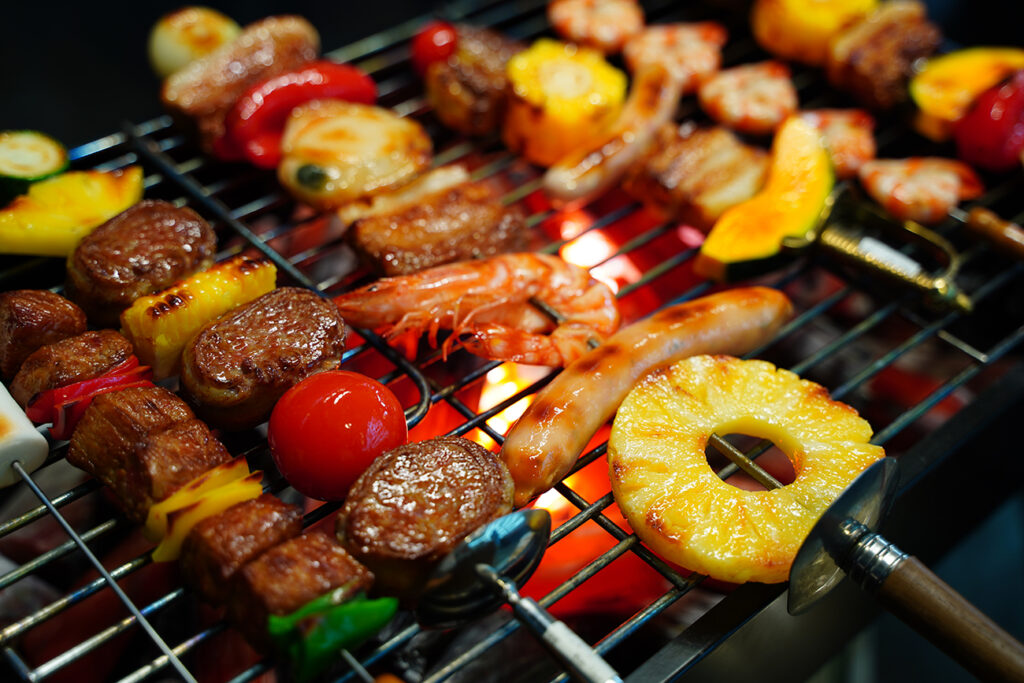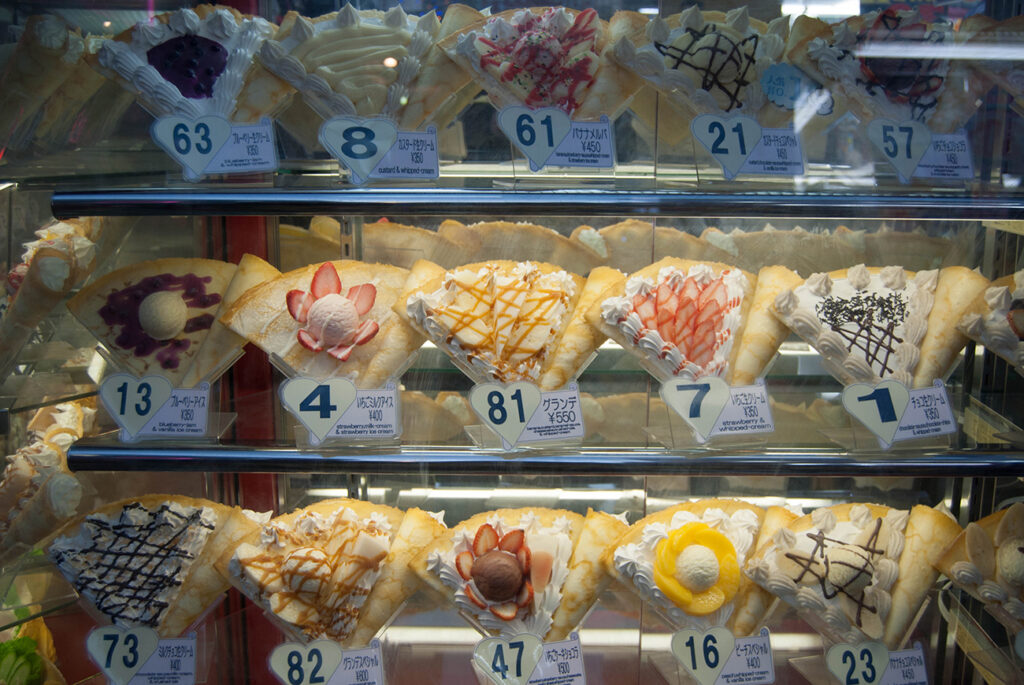
Mouthwatering Shokuhin Sampuru
It’s a familiar sight to see fake food models on display outside Japanese restaurants. Food models or shokuhin sampuru are fake food samples or replicas of a food item made from plastic or some similar material. They look so real, it’s good enough to make you drool!
The term shokuhin sampuru (食品サンプル) was derived from the English word for “sample”. in Japan during the Edo period in the late 1800’s, food purveyors would usually display a plate of real food instead of a written menu. In the late 1920’s during the Shōwa period, Japanese artisans and candle makers began developing food models that made it a lot easier for customers to order food without having to go through a written menus which were not common in Japan at the time.
In the mid-1980’s, paraffin or petroleum wax was used for fake food models and then switching to polyvinyl chloride or polymer. The polymer is meticulously sculpted to look like the actual dish. Each model is custom made to individual restaurants to create an almost exact replica of the establishment’s food as well as regional differences.
 The origins of shokuhin sampuru
The origins of shokuhin sampuru
There are a few theories on the origins of shokuhin sampuru according to, Samuel H. Yamashita, a professor of History at Pomona College with expertise in Japanese and Pacific Rim cuisines.
The first theory tells us that using fake food models originated in Kyoto in 1917 and was invented by Soujiro Nishio, an employee of Shimazu Corporation which made plant models. He created the first shokuhin sampuru in November of 1917 and eventually put up his own company, Nishio Production Company, creating the first food models.
The second theory acknowledges the first Japanese department store Shirokiya Department Store whose history dates back as far as 1662. It is said to feature fake food 200 years later as part of its marketing strategy. The department store commissioned an anatomical maker of human body parts and animals, Tsutomu Sudo.
 The third theory cites a bento shop owner named Takizo Iwasaki as being the “father of the fake food model industry”. Iwasaki created a model of an omelet that was so realistic his wife couldn’t tell the difference between the real one and the fake. The company he started is now known as Iwasaki-Be-I and is said to be responsible for 60% of today’s shokuhin sampuru market.
The third theory cites a bento shop owner named Takizo Iwasaki as being the “father of the fake food model industry”. Iwasaki created a model of an omelet that was so realistic his wife couldn’t tell the difference between the real one and the fake. The company he started is now known as Iwasaki-Be-I and is said to be responsible for 60% of today’s shokuhin sampuru market.
The shokuhin sampuru craftsmanship is considered to be an art form and food models by the Maizuru Company were once exhibited at London’s Victoria and Albert Museum and there are regular competitions held in the creation of fake food dishes.
